Gradings are never easy and again it amazed me to see each and everyone forcing themselves on, not quitting, eager to finish and achieve. Pushing unfounded doubts aside. A great, equal mix from Bristol and Portishead and Lisa from Devon with support coming from Naomi with children in tow. Well done to three new badged DKK green belts and a strong group of blues.
It's a given that DKK is never easy, in gradings or at training, mentally and physically, there's always something to learn and ideas to grasp. Some of you are just out of school and you push yourselves accordingly, young bouncy ready for anything, though many still with doubts but age is on your side. Others have entered into physical activity after having years of being inactive or raising a family and building careers or been active but not pushed to this extent or you just take so much longer to just recover! I take my imaginary hat off to you all.
Bristol university students make sure you keep things going, don't disappear when you return to Bristol in January, it's too easy to do that, take the tough road and make sure you step up ready to train again, bring someone else along, enthuse those around you.
A huge thank you to those that stood either side of me to help grade and all those that were there to spur on those grading through verbal and physical means. As you know without the support of DKK non graders these gradings would be extremely different.
Those that didn't grade this time your time will come round, maybe in March. Make sure you put our biggest event in your diary DKK Summer School 17-21st June, SS is massive!
I'm also hoping to run a throwing session next term and then the DKK tournament.
Don't have stair nightmares!!!
See you at training.
Oss
“Karate may be referred to as the conflict within yourself, or a life-long marathon which can be won only through self-discipline, hard training, and your own creative efforts.” – Shoshin Nagamine (founder of Matsubayashi-ryu Karate)
Sensei Dan Lewis

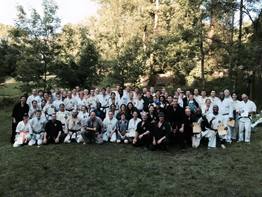
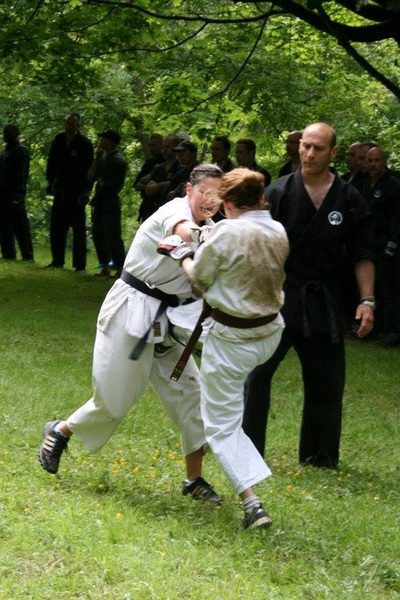
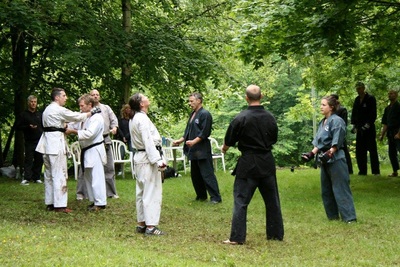
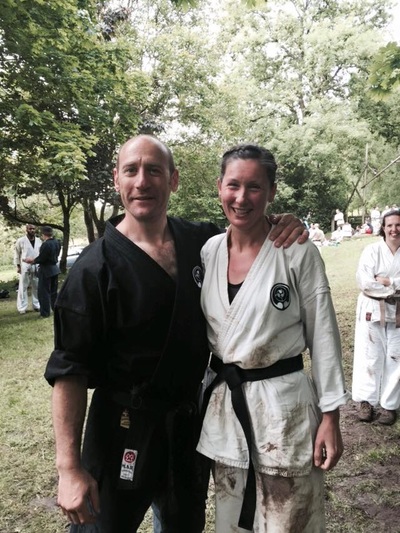

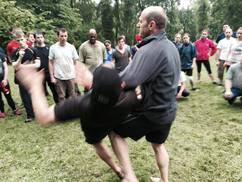
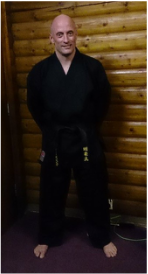
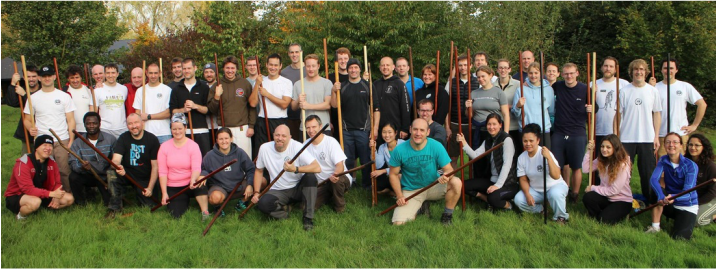
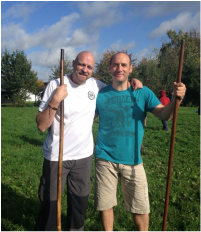

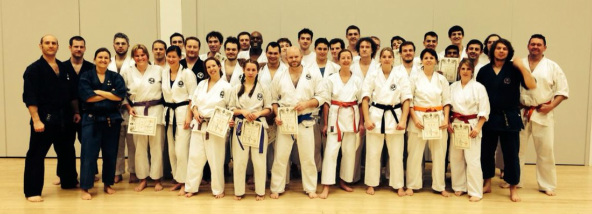
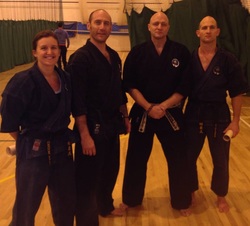
 RSS Feed
RSS Feed
